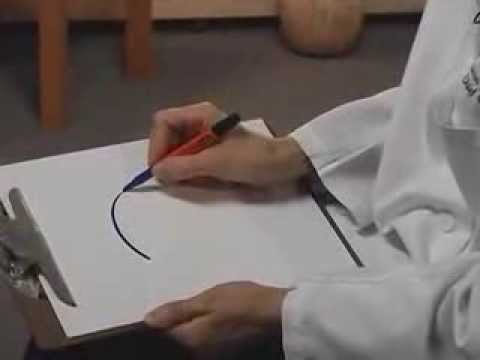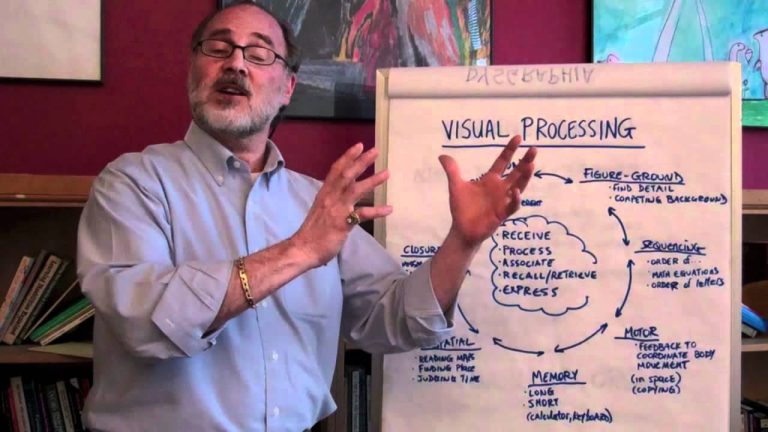Prevent and Manage Common Eye Diseases with Our Vision Care Products
As we age, our eyesight becomes a crucial aspect of our health. A healthy set of eyes ensures that we can perform our daily activities with ease and comfort. However, with age comes the risk of several eye diseases that can impact our vision and make life challenging. That’s why it’s essential to understand the symptoms, causes, and treatment for these diseases.
In this article, we’ll discuss some of the most common eye diseases that people experience as they grow older. We’ll talk about diseases that are hereditary, age-related, or caused by external factors such as pollution, stress, or lifestyle choices. We’ll also highlight the best preventive measures you can take to keep your eyes healthy and functional.
Cataract
Cataracts are the clouding of the eye’s lens and are one of the most common eye diseases. They can lead to blurry vision, sensitivity to light and glare, and difficulty seeing at night. Aging is the primary cause of cataracts, and people over the age of 60 are more likely to develop this disease. However, prolonged exposure to UV radiation, smoking, and diabetes can also contribute to cataract development.
Symptoms of Cataract
- Blurred, cloudy, or hazy vision
- Difficulty seeing at night
- Halos around lights
- Double vision in one eye
- Fading of colors
Glaucoma
Glaucoma is a disease that damages the optic nerve, and it’s often associated with high pressure in the eye. It’s a leading cause of blindness in people over the age of 60. However, it can develop at any age, making regular eye exams vital. There are two types of glaucoma: open-angle and closed-angle. The former is the most common, and damage to the optic nerve is gradual and painless, while the latter is rare and can cause rapid vision loss and eye pain.
Symptoms of Glaucoma
- Blurred or hazy vision
- Redness in the eye
- Severe eye pain
- Nausea or vomiting
- Seeing halos around lights
Macular Degeneration
Age-related macular degeneration (AMD) is a condition that often occurs in people over the age of 50. It affects the macula, which is responsible for central vision, making it difficult to see fine details, read or recognize faces. There are two types of AMD: dry and wet forms. The former is the most common, and there’s no known cure. The wet form can cause rapid vision changes and requires immediate medical attention.
Symptoms of AMD
- Blurred or distorted central vision
- Difficulty seeing details
- Dark or empty spaces in your vision
- Loss of color vision
- A need for brighter light when reading
Preventive Measures
The best way to prevent eye diseases is to make healthy lifestyle choices, such as regularly exercising and eating a balanced diet. Additionally, regular eye exams can help detect early signs of these diseases and prevent vision loss. Protecting your eyes from harmful UV rays with sunglasses, avoiding smoking or exposure to secondhand smoke, and managing chronic conditions such as diabetes, high blood pressure, and obesity can also reduce your risk of eye diseases.
Remember, the key to maintaining healthy eyes is regular checkups, proper eye care, and adopting healthy habits. Consult with your eye specialist for any concerns you may have about your vision.
Contents
Most wanted in Hoya Vision:
Hoya Lens Engravings
What brand lenses does Costco use?
Which lens is better Alcon or Johnson and Johnson?
What’s the rarest eye color?
Legacy Eye Care Llc
What’s the difference between 1.5 and 1.6 lenses?
Hoya Sensity Vs Transitions Xtractive
Should eyeglasses cover eyebrows?
Wide Corridor Progressive Lenses
1.53 Trivex Impact Resistant
















